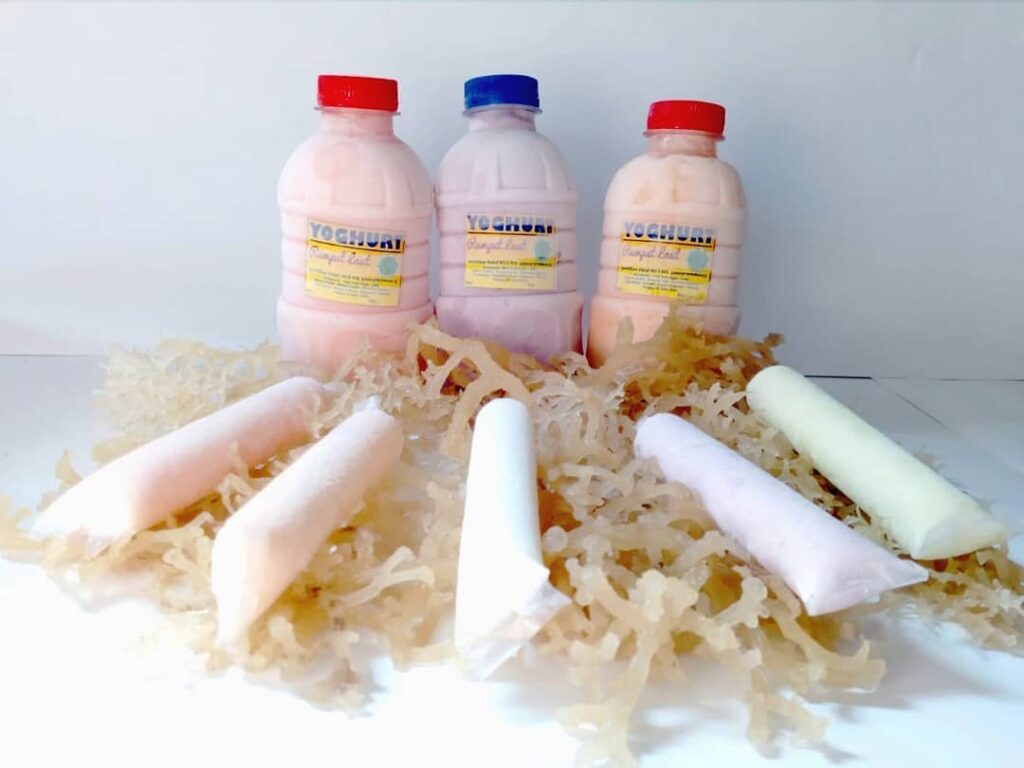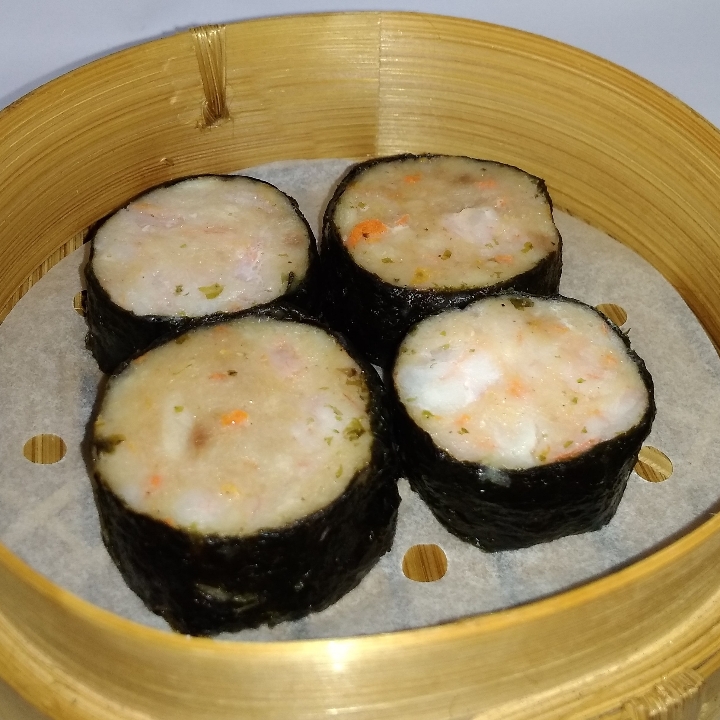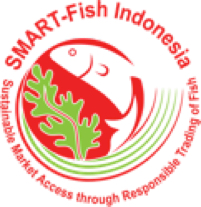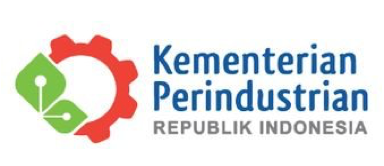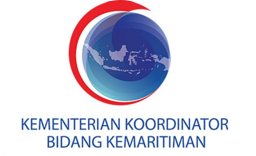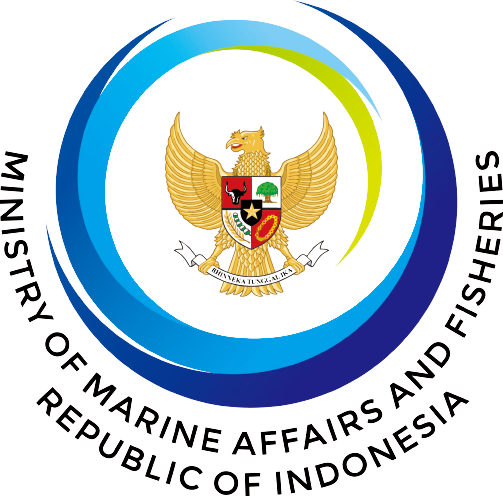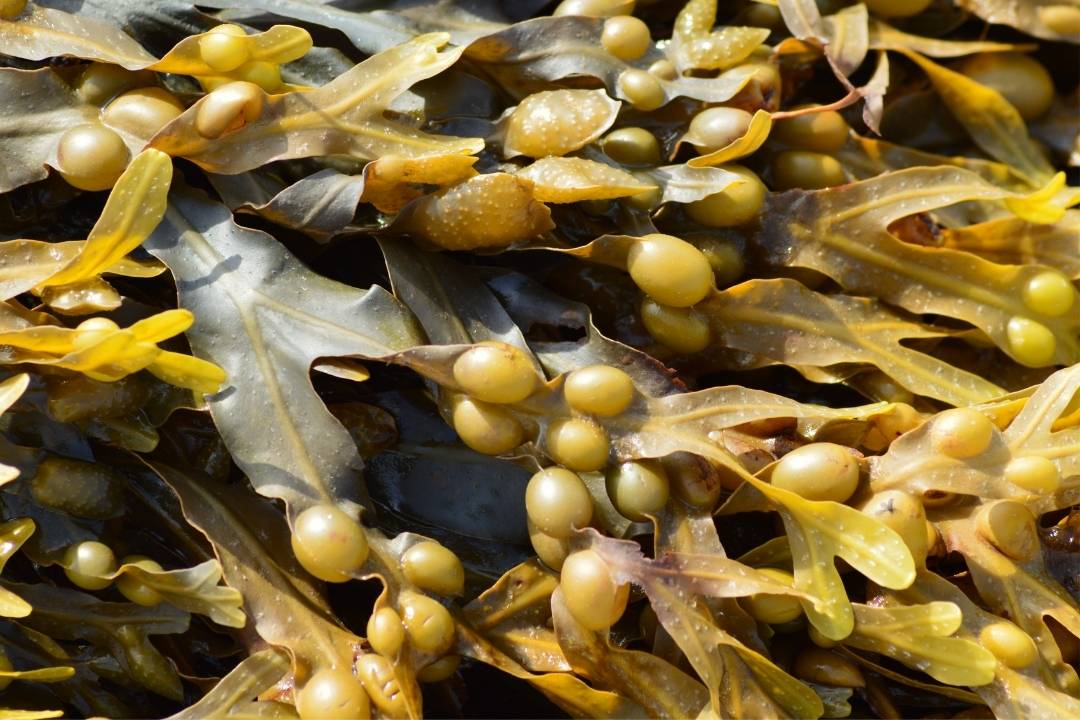
How Seaweed Agtech Can Ease the Fertiliser Crisis
In 2010, California-based KZO Sea Farms received a permit for developing an offshore mariculture facility in US federal waters. Recently, the company was inspired by an Indonesian pilot study to develop a path-breaking offshore cultivation technique for seaweed. Its innovation was to adapt submersible cages, commonly seen in fish mariculture, for open-ocean farming. Equipped with sensors for determining optimum sunlight, currents, salinity, and temperature, these submersibles offer enhanced crop quality control as well as shelter from storms.
KZO Sea Farms joined the seaweed cultivation sector at a time of rapid industry growth. Between 2004 and 2015, global production increased at a rate of 7.6 percent a year. Seaweed farms around the world now harvest around 51.3% (34.7 MMT wet weight) of total marine aquaculture yield. While Asian aquaculture dominates the scene, KZO Sea Farms predicts that the East African coast could become a major cultivation site. The company plans to establish offshore cage-based farms off the coasts of Kenya, Tanzania, and Mozambique as part of large, vertically integrated ‘mariculture parks’.
Around 38 percent of seaweed ends up being consumed by humans but the product holds more high-value uses as animal feed, food additives, and health products. Similarly, the green biochemicals industry requires low-impact feedstock like seaweed for renewable bioplastics and biotextiles. There is also increasing interest in seaweed as a base for sustainable agrichemicals. Compared to mined fertiliser such as phosphorus or industrially synthesised nitrogen feed, seaweed is a feedstock resource that makes minimal resource demands on the environment. Seaweed mariculture does not require additional water, land, or synthetic fertilisers, with plants able to draw on dissolved nutrients in seawater.
Seaweed Hydrochar. In 2012, KZO Sea Farms transferred its pioneering permit for U.S. federal waters, located 6 miles offshore Huntington Beach California, to the newly founded Catalina Sea Ranch. Now solely an R&D entity, KZO Sea Farms is vying for the green agrichemicals market by developing a seaweed-based hydrochar. Hydrochar are the charred remains of biomass that has been subjected to a hot-pressure water treatment known as hydrothermal carbonisation (HTC). HTC is a technique common throughout the green chemicals industry and is used to turn plants into biofuel and other products. When HTC is applied to wet seaweed, it decomposes and depolymerises the biomass. The resulting products are solid hydrochar pieces plus a liquid solution rich in phosphorus and nitrogen.
While hydrochar bears a superficial resemblance to coal in appearance, its renewability and chemical properties make it a highly sustainable soil additive. Its negatively-charged surface molecules cling to the positively-charged molecules of plant nutrients such as K+ (potassium) and NH₄⁺ (a form of nitrogen). Adding hydrochar to soil keeps any minerals that are present from leaching away, making them more readily available to plants. This helps farmers squeeze more value from a given amount of fertiliser.
Intriguingly, studies also suggest that adding hydrochar to farmland minimises soil greenhouse gas emissions (GHG). While soil is not generally regarded as a GHG source, the natural churn of root and microorganism respiration as well as biomass decomposition produce methane, nitrous oxide, and carbon dioxide at fluctuating rates. Cultivation techniques that disturb soil increase the amount of gases it releases.
Catalina Biotech, the affiliated R&D nonprofit for KZO Sea Farms, is investigating high-value seaweed soil additives at a timely moment. As retail prices for commodities skyrocket, agriculture’s dependence on synthetic fertilisers for soil quality and high yields are coming under intense scrutiny.
Soil Nutrients: The Foundations of the Bioeconomy. Potassium, phosphate, and synthetic nitrogen are the foundations of our food and agriculture. In 2019, the global economy consumed 190.81 million tons of these essential plant nutrients, with nitrogen making over half this figure. Now, as fertiliser prices hit historic highs, farmers are being priced out of these key inputs. The gravest consequences are likely to occur in the Global South, where NGOs warn of an impending food crisis that threatens millions with starvation.
The short-term trigger behind recent increases was Russia’s invasion of Ukraine, which suspended fertiliser output from two of the world’s biggest producers. Disruptions to Russian natural gas supply have also indirectly impacted the agrichemicals sector. Natural gas is essential for synthetic nitrogen production, making up between 70 to 90 percent of its manufacturing costs. Fuel and fertiliser costs will continue to spiral in lockstep as energy sanctions intensify.
The fallout from the Russia-Ukraine war has compounded pre-existing supply chain issues. The most significant of these has been the global natural gas shortage in the wake of post-lockdown surges in energy demand. This post-pandemic shock was a symptom of yet longer trends in world energy supply. Since 2014, global oil production has been on a gradual decline without sufficient investment into renewable alternatives to make up the shortfall.
The most serious outcomes of ratcheting fertiliser costs are rising consumer food prices and plummeting farming revenues but the biomaterials sector will also feel the strain. Many biomaterials companies depend on cultivated feedstocks such as hemp and grain, which need mineral fertilisers in large quantities. The global squeeze on fertiliser does not just threaten profits within the biomaterials sector however. It could also slow the expansion of green transition industries altogether. A tightening commodities market places added pressure on the green bioeconomy to source sustainable feedstocks that make efficient use of scarce agricultural inputs. This is the only way that the biomaterials sector can quell fears about potential resource competition between feedstock and food crops over coming years.
Seaweed Solutions for Unsustainable Fertiliser Use. The problems with synthetic fertilisers extend even beyond recent market instabilities. For decades, conventional agriculture has overloaded crop land with synthetic nitrogen, phosphorus, and potassium. While highly concentrated nutrient solutions boost yields in the short term, it degrades soil productivity and the ecological basis of the food supply over the long term.
Nitrogen is the nutrient that plants require in the greatest quantities. Although it dominates global fertiliser use, staggering 50 percent of the nitrogen applied to global crop soils is lost to the surrounding environment. Once the substance accumulates in lakes and rivers, it feeds toxic algal blooms that block sunlight, suffocate underwater species, and pose human health risks. Ordinarily, natural environmental cycles regulate nutrient levels in soil and water in a way that prevents excess build-up. Fertiliser over-use has pushed this global nutrient cycle to breaking point. On the production side, large-scale potassium mining ravages natural habitats and washes salt effluent into river ecosystems.
The environmental harms and economic inefficiencies associated with synthetic fertiliser use have been clear for decades. Yet the incentives to develop alternatives have never been greater than they are now. 2021 alone saw an 80 percent price rise in average fertiliser prices with an additional 30 percent hike since the start of 2022. Phosphate reached an unprecedented $1,047 per ton in April.
Many believe the answer lies with organic soil additives, such as those derived from seaweed. From antiquity until the early twentieth century, it was common for farmers to spread dried marine plants on topsoil or scatter an ashy, potassium-rich seaweed derivative called potash across their land. After the interwar period, farmers turned away from these organic additives in favour of more potent, synthetic varieties produced at an industrial scale.
Now, the soil benefits of seaweed are drawing attention once again. R&D by Catalina BioTech gives one example of how seaweed could drive the sustainability transition in agrichemicals. The company is now applying for USDA research grants that will allow them to research ways of turning seaweed-based hydrochar into nanofertilisers. Nanofertilisers are composed of particles engineered for increased surface area, porosity, or fineness at a microscale. Hydrochar is not itself a nutritive substance. However, when its particulates are structurally altered, they can act as precision delivery mechanisms for plant fertilisers. Nano-fine hydrochar particles can be loaded with crystals of potassium, phosphate and calcium. When mixed into soil, it releases these plant-sustaining crystals in a slow and continuous manner that minimises the risks of over-application and run-off.
Producing price-competitive seaweed agrichemicals depends on making aquaculture production much more efficient than it currently is. Like many recent entrants into the seaweed cultivation market, KZO Sea Farms is aiming to replace labour-intensive artisanal methods such as the long-line system with more hi-tech approaches. Scaling the manufacture of seaweed-derived products also relies on developing refinery models that utilise every plant part to produce various chemical products simultaneously.
Seaweed and the Future of Agrichemicals. By 2050, agriculture may have to support an expected planetary population of 9.8 billion. Finding ways to maintain soil health while increasing yield productivity is now of critical concern. Over the last century, farming has operated on the premise that adding larger amounts of more potent synthetic chemicals can achieve this. With the synthetic agrichemicals paradigm exhausted, recent price hikes may become a tipping point for bringing sustainable bio-based alternatives into the pipeline.
Aquatic plants are the prime feedstock candidate for sustainable approaches to soil health. Despite its prominence in pre-industrial agriculture, seaweed-based agtech does not herald a reversion to low-intensity farming. With improved understanding of species attributes, cultivation methods, and refinery techniques, science has pushed the chemical potential of seaweed additives well beyond its traditional forms.
The problem now is twofold. Seaweed farmers must scale cultivation without negatively impacting marine ecosystems. Under KZO Farm’s novel offshore farming model, for instance, cultivation takes place away from the delicate ecosystems that occupy near-shore waters. Finally, the biomaterials industry must develop refinery systems for valorising the plant’s rich biochemical array cheaply and efficiently.
Source: https://biomarketinsights.com/how-seaweed-agtech-can-ease-the-fertiliser-crisis/
